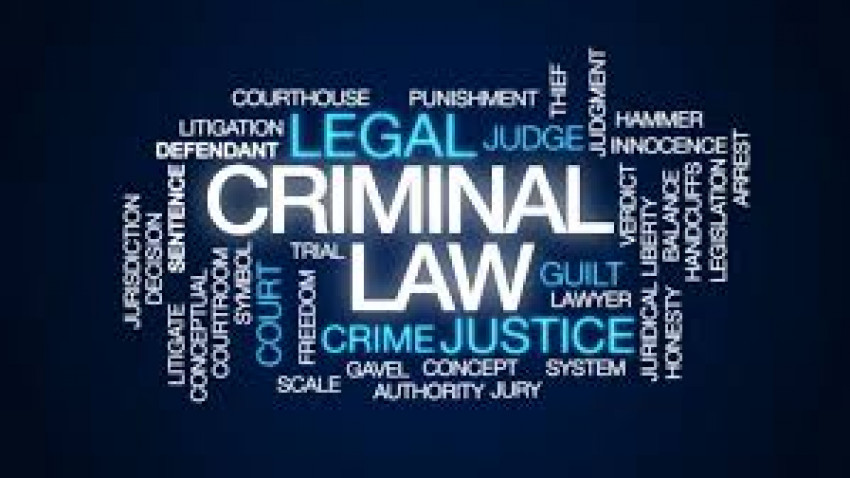
White collar crimes are financial crimes, which carry a high level of sophistication and no violence. They are commonly committed in corporate settings by individuals among the unsuspected workforce. These kinds of crimes promote corruption and deeply affect the country’s economy. White collar crimes involving huge sums of money are typically prosecuted in federal court. If you have been accused of instigating or being part of a white collar scheme, do not take it lightly. Conviction for a white collar offense can send you to prison for a long time; hence, you need to hire Criminal Defense Attorney in New York to beat the charges.
1. Embezzlement
This is a crime that is commonly committed by accountants, bankers, bookkeepers, and cashiers. These people are usually entrusted with the client assets and/or company funds, which gives them an opportunity to manipulate the finances. What they do is skim some of the cash, charge extra, or forge billing to make money that goes into their own pockets. Most of the time, the sum they steal is negligible or so well-camouflaged that nobody notices.
2. Tax Evasion
Every resident in the U.S has to pay several kinds of government taxes throughout their lifetime. The money collected through taxes is what keeps the country running and compensates civil servants. It is obvious that none of us looks forward to paying tax, but it is an obligation we must fulfill. Surprisingly, some of the richest entities want to get away with paying taxes, because it amounts to a huge sum with respect to the value of their real estate and other assets. Therefore, they falsify their income and property details, which lead to tax evasion.
3. Extortion or Bribery
Bribery is when a person of authority accepts a financial benefit in exchange for rigging the system and granting a personal favor. Sadly, many people have to offer a bribe to be heard or attain something that is their legal right. Extortion is when a person misuses their power to intimidate someone into fulfilling their financial requests, or in order to unlawfully seize their assets.
4. Counterfeiting
Counterfeiting refers to the manufacture and distribution of imitated or forged items. For example, some people produce fake currency, which is used in illegal transactions. White collar criminals may replace real money of an employer or client with fake bank notes for personal gains.
5. Money Laundering
Money earned or generated through illegal means and activity is usually transported by a procedure called money laundering. It may involve credit card or bank transfers under fabricated documentation and receipts. The purpose is to make the money look clean and legit.
6. Mail Fraud
The use of electronic or physical mail to con people is recognized as wire or mail fraud. The scammer or a fraudulent agency steals the identity of a legitimate organization to trick mail recipients into transferring money to their personal account. The account is registered under a fake name, which makes it nearly impossible to trace the culprit.
7. Credit Card Fraud
Consumers use their credit card for online and offline purchases on a regular basis. Some of the vendors or traders they deal with may steal their credit card info to make unauthorized purchases for themselves. Another kind of credit card fraud is when a person or entity max outs the credit limit with no intention to pay back.
8. Insurance Fraud
Bad faith insurance is something many of us have experienced at some point in our lives. We are all aware of the fact that insurers always have their own interests in mind. However, they can be charged with fraud if they are violating the law and company policies to their own advantage.
9. Bankruptcy Fraud
Individuals or businesses file bankruptcy when their finances are in jeopardy and they need relief from debt. However, people may use it for the wrong reasons, i.e. to secure valuable assets and get rid of debt, even when they can afford to pay it off.
10. Healthcare Fraud
Many patients are defrauded or conned by their healthcare providers. For example, they might be overcharged for procedures or get billed for treatment they never obtained. Many people are also deceived by their medical insurer, or are not compensated for valid claims.


